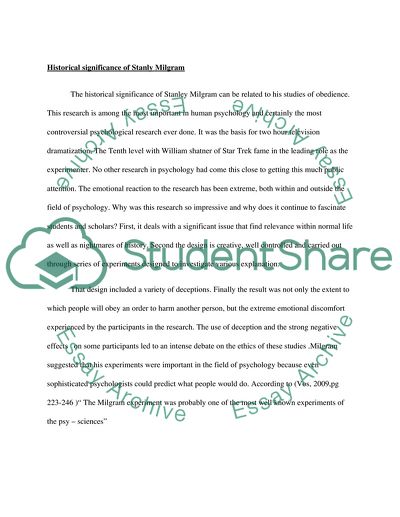Cite this document
(“Contribution of Miligram to Psychology World Research Paper - 1”, n.d.)
Contribution of Miligram to Psychology World Research Paper - 1. Retrieved from https://studentshare.org/psychology/1436093-historical-significance-and-contributions-of-the-social-psychologist-named-stanley-milgram-social-psychologist
Contribution of Miligram to Psychology World Research Paper - 1. Retrieved from https://studentshare.org/psychology/1436093-historical-significance-and-contributions-of-the-social-psychologist-named-stanley-milgram-social-psychologist
(Contribution of Miligram to Psychology World Research Paper - 1)
Contribution of Miligram to Psychology World Research Paper - 1. https://studentshare.org/psychology/1436093-historical-significance-and-contributions-of-the-social-psychologist-named-stanley-milgram-social-psychologist.
Contribution of Miligram to Psychology World Research Paper - 1. https://studentshare.org/psychology/1436093-historical-significance-and-contributions-of-the-social-psychologist-named-stanley-milgram-social-psychologist.
“Contribution of Miligram to Psychology World Research Paper - 1”, n.d. https://studentshare.org/psychology/1436093-historical-significance-and-contributions-of-the-social-psychologist-named-stanley-milgram-social-psychologist.


